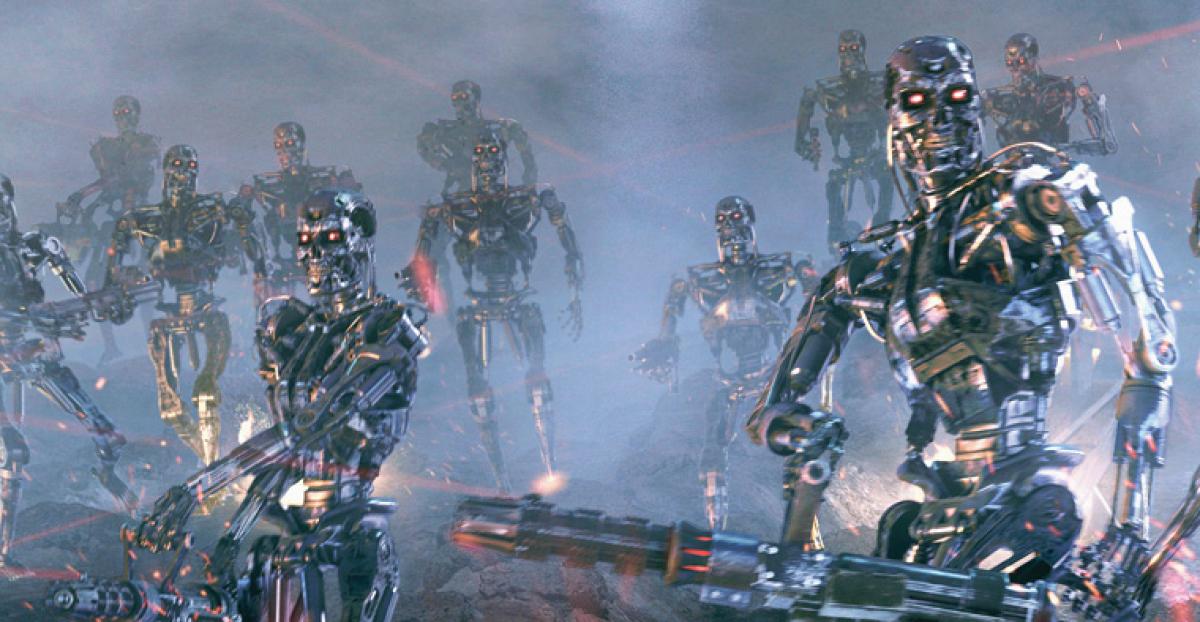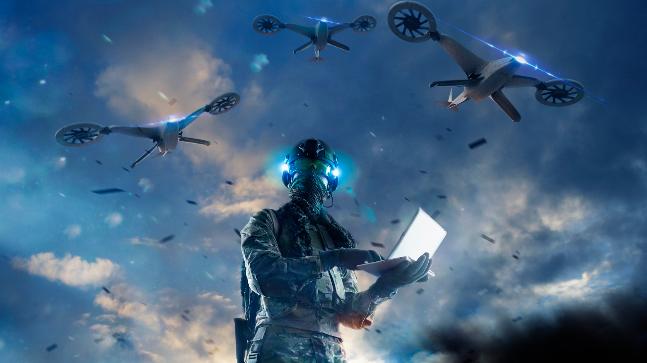The Dawn of AI-Powered Warfare
With the advent of AI-powered war machines, Artificial intelligence has brought about a new age warfare. These sophisticated systems, packing the latest AI algorithms, are revolutionizing combat operations, reshaping strategies and raising global concerns over their ethical and strategic implications.
The days of human pilots flying fighter planes and combat drones have long gone. Currently, aircraft underlined with artificial intelligence and capable of making actual decisions on their own are soaring through the air. They are embodiments of precision, agility, multitasking and efficiency unmatched by any living person. From monitoring missions to pin-point spraying operations, these AI-based war machines are changing the space and methods of aerial warfare.
The development and deployment of AI-powered war machines has been driven by rapid improvements in machine learning, artificial intelligence and robotics. Breakthroughs in deep-learning algorithms along with the availability of vast amounts of training data have enabled these systems to perceive complex environments, learn from experience and make instantaneous decisions under pressure.

The Rise of Autonomous Airborne Forces
With artificial intelligence integrated into military applications, I draw your attention back to warfare. These machines exhibit reflexes swift as lightning; they can process massive amounts of data in real time and rapidly adapt to new environments, outperforming humans on several scenarios.
Furthermore, these autonomous aerial forces engage in activities considered too dangerous or strenuous for human pilots, such as penetrating hostile areas or striking pin-point targets with an accuracy beyond human skill. With AI, military commanders can optimize resource allocation and improve real-time awareness of the battle situation in order to avoid unnecessary slaughter among civilians; thus re-imagining responsible warfare.

However, the spread of AI missile systems also brings us freshly urgent ethical choices and dangers. Contemplation on what might go wrong if self-directed weapons systems falter, mistake instructions or are stolen preoccupies many of those present and future; they call instead for strict regulations to control such developments and international cooperation eliminate such menace at source.
Conclusion
As artificial intelligence infiltrates modern warfare at an accelerating rate, the advent of AI-powered military equipment allows for some stunning gains that must be set off against difficulties. Unmanned aerial forces like these offer an entirely new level the highest conceivable degree of efficiency and precision on the battlefield, but Flying Wind has also underlined our urgent need to establish international agreements and stringent ethical rules governing their deployment so as to manage predictable risks.
Artificial intelligence-based combat platforms and the future of war are becoming ever more integrated. More than ever as we welcome the arrival of AI-powered war machines, however, we must be forever on alert against pitfalls and ethical questions that accompany their creation and deployment.
FAQs (Frequently Asked Questions)

Q: What are the advantages of using AI in military aviation?
A: It improved people’s mission effectiveness and their quality of decisions. Likewise, it left human pilots off to serve as casualties.
Q: What are the main concerns associated with AI-powered war machines?
A: Problems of crossing ethical boundaries with autonomous systems–they may malfunction or inadvertently kill, as the poor robot did, plus security dangers such as hacking and hijacking, all contribute to worries amid any rapid development.
Q: How can these concerns be addressed?
A: Strong regulations, universal human guidelines, international cooperation and further investments in AI war machine safety and reliability-oriented research.
